15 Weeds That Look Like Grass: Identifying Common Lawn Invaders
Weeds that resemble grass can pose a significant challenge for homeowners looking to maintain a beautiful lawn.
These 15 common weeds often blend in with your turf, making them hard to identify until they begin to spread.
Understanding the differences between these grass-like weeds and your desired lawn grass is crucial for effective weed management.
This guide will help you identify these common invaders and provide tips for keeping your lawn healthy and vibrant, free from unwanted plants.
Crabgrass (Digitaria sanguinalis)
Crabgrass, with its wide central leaf fold, is one of the most recognizable lawn weeds. Its bright green leaves spread quickly, especially during warm months, making it challenging to manage.
This fast-growing plant can take over a lawn, often requiring constant attention to keep it at bay.
Dandelion (Taraxacum)
Dandelions are easily recognized by their long taproots and signature yellow puffball flowers, which spread seeds with the slightest breeze. Beyond their appearance, these hardy plants thrive even in tough conditions, giving them a stronghold in many lawns.
The sight of their golden flowers and wispy seed heads often signals spring’s arrival.
Path Rush/Slender Rush (Juncus tenuis)
Path rush, or slender rush, stands out with its slim, upright stems and narrow leaves, reaching up to two feet tall. It spreads aggressively through rhizomes, making it a persistent presence in damp areas.
This resilient plant forms clusters, adding unique texture to the landscape.
Blue Fescue (Festuca glauca)
Blue fescue displays a striking blue-green color and produces bright green blooms in spring, making it a visually interesting addition to gardens. Known for its spiky leaves, this cool-season plant adds a touch of color and thrives in areas with lower temperatures.
Despite its beauty, it often requires maintenance to control its spread.
Spiky Foxtail Blooms Dominate Law
Foxtail, known for its bottlebrush-like flowers, forms large clumps that can dominate a lawn. Its adaptability to various soil conditions allows it to grow almost anywhere, making it a frequent visitor in landscapes.
During summer, its distinctive spiky blooms are both eye-catching and challenging to control.
Goosegrass (Eleusine indica)
Goosegrass, with its silver-green color and finger-like leaf strands, grows in a distinctive pattern resembling a goose’s foot. This annual grass reaches around 16 inches in height, creating clumps that stand out in any lawn.
Its hardiness makes it a resilient addition, often requiring extra care to manage.
Smooth Bromegrass (Bromus ramosus)
Smooth bromegrass is a fast-growing, invasive grass with rhizomatic growth that spreads rapidly across open areas. Its tenacity and adaptability allow it to thrive in various conditions, often crowding out other plants.
This characteristic makes it a frequent and challenging weed in both gardens and lawns.
Annual Bluegrass
Annual bluegrass thrives in cooler, damp environments, displaying a light texture and bright green hue. Its quick growth pattern and dense patches often make it a staple in many lawns.
The soft, almost fluffy appearance of its leaves can bring a gentle contrast to more structured garden plants.
Yellow Brush Flowers in Moisture-Loving Nutsedge
Nutsedge is a moisture-loving plant that produces yellow, brush-like flowers in summer, shifting to a purplish-red hue later in the season. Its narrow leaves and brushy appearance make it both unique and persistent in wet locations.
As a cool-weather lover, it adds color to damp areas while being tough to eradicate.
Quackgrass (Elymus repens)
Quackgrass features finger-like leaves clustered on multiple stems, making it a unique and fast-spreading grass. Known for its extended, clumping stems, it’s easy to spot in a garden.
The resilient nature of quackgrass can make it challenging to control once established.
Yellow Salsify (Tragopogon dubius)
Yellow salsify stands out with its sunny blooms in summer, later transforming into large, fluffy seed heads by fall. This tall plant is especially adapted to sunny areas, where it spreads easily through its wind-blown seeds.
The golden flowers bring warmth to the landscape, though they require attention to manage.
Creeping Bentgrass (Agrostis palustris)
Creeping bentgrass forms dense, fine-textured mats that create a soft, lush appearance, particularly in cool climates. Its gray-green foliage is attractive, yet during hot spells, it often turns brown.
The aggressive growth of this grass can crowd out other plants, making it a staple in managed lawns.
Coarse Green Carpetgrass Thrives in Wetlands
Carpetgrass, with its coarse, dense leaves, prefers acidic, wet areas and can quickly form mats of greenery. Its tall growth and ability to cover ground effectively make it a favorite in boggy areas.
The dull green foliage blends well in natural settings, though it may require periodic trimming.
Johnsongrass (Sorghum halepense)
Johnsongrass stands out with its prominent white vein running along its wide, bright green leaves. This tall-growing grass can reach up to seven feet, creating a striking presence.
Its resilience and rapid growth through rhizomes make it a vigorous spreader that often requires containment.
Wild Garlic (Allium ursinum)
Wild garlic is notable for its strong garlic aroma that fills the air in spring. Growing from bulbs, this plant forms dense clumps, adding both scent and texture to gardens.
With its narrow leaves and tall stalks, it often resembles a miniature version of culinary garlic, though it can spread quickly.

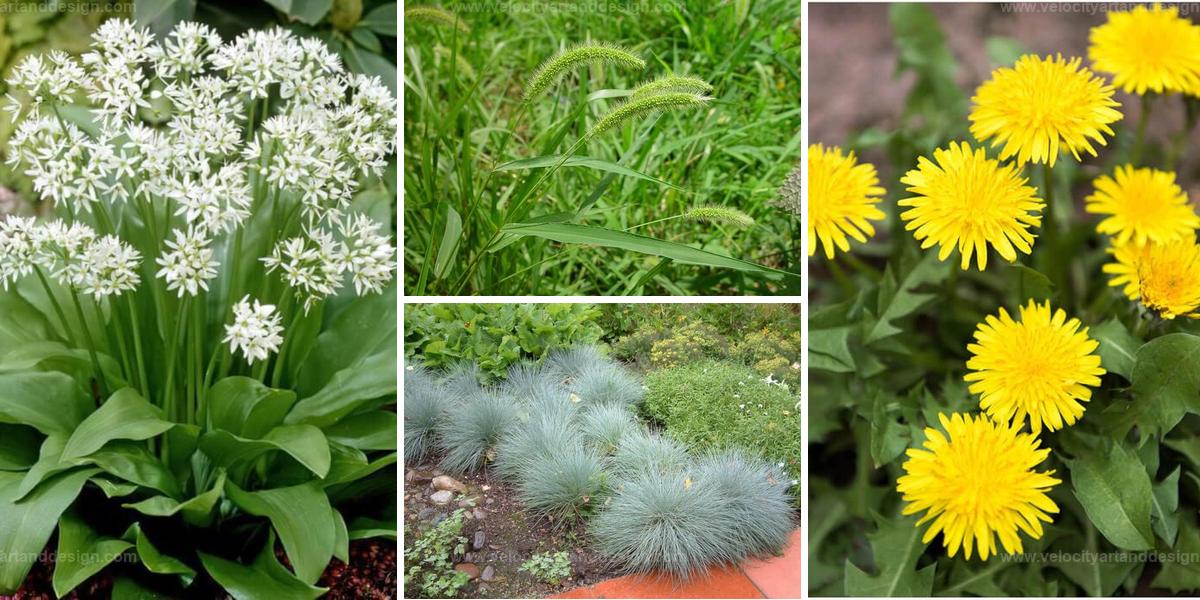

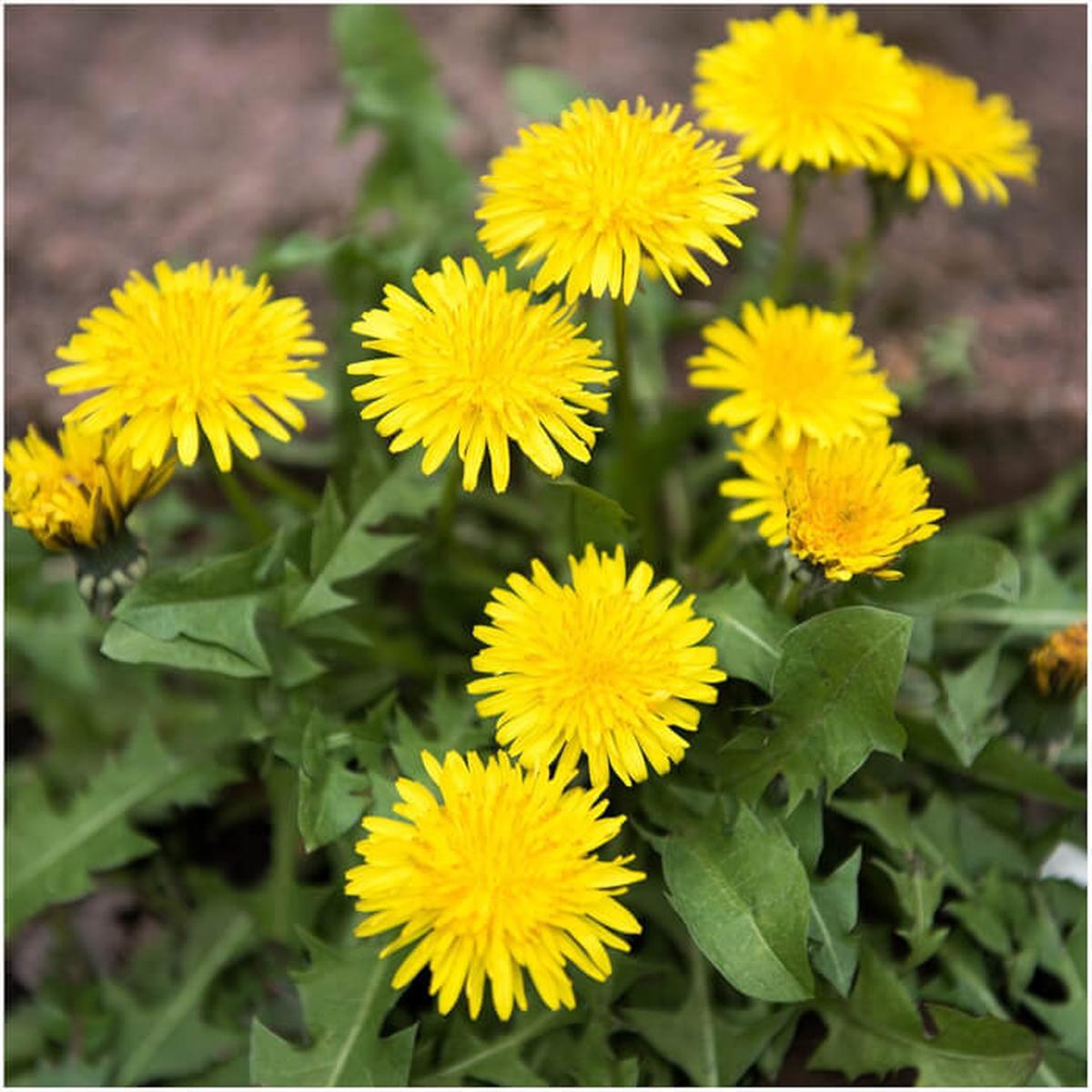
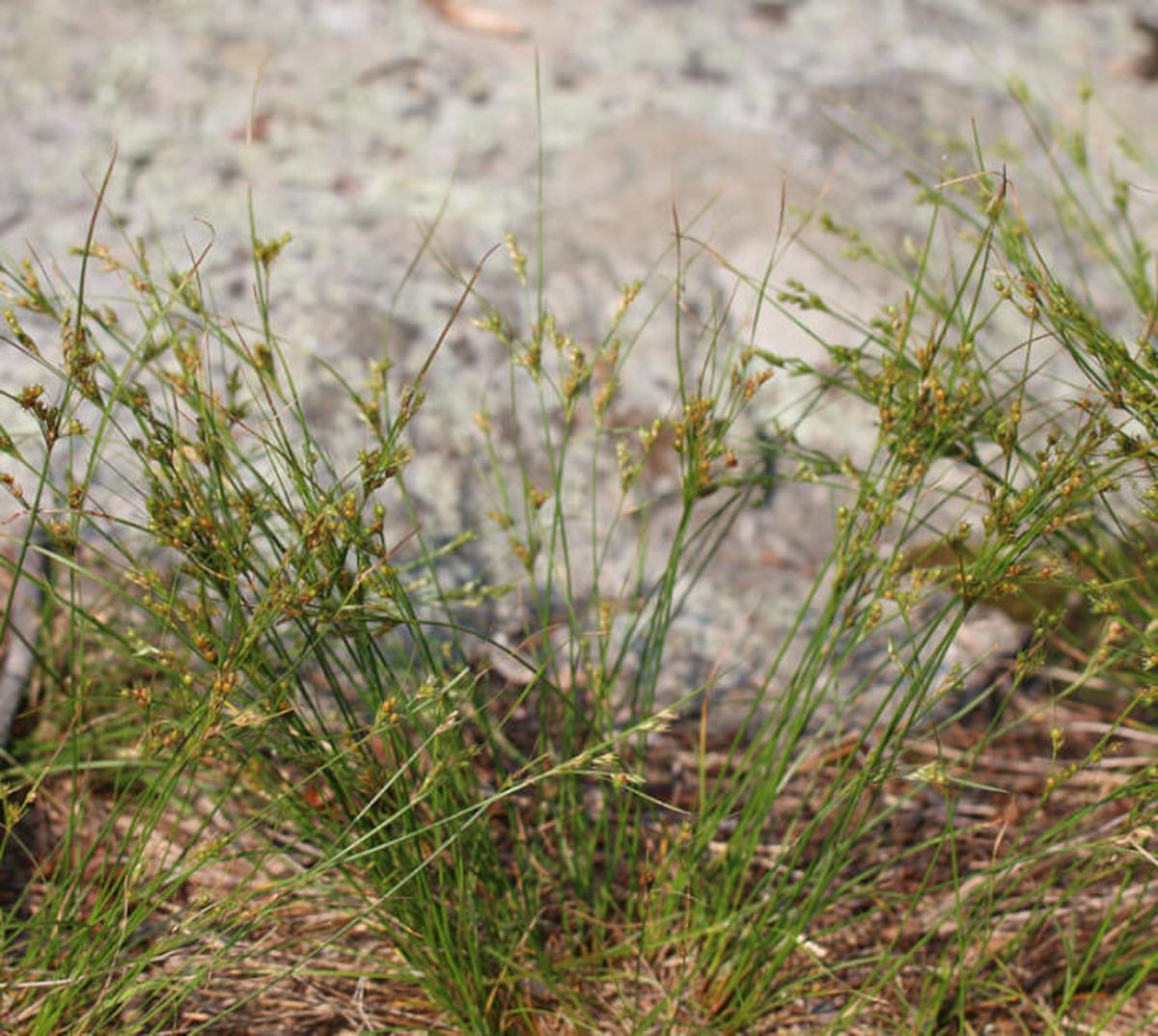
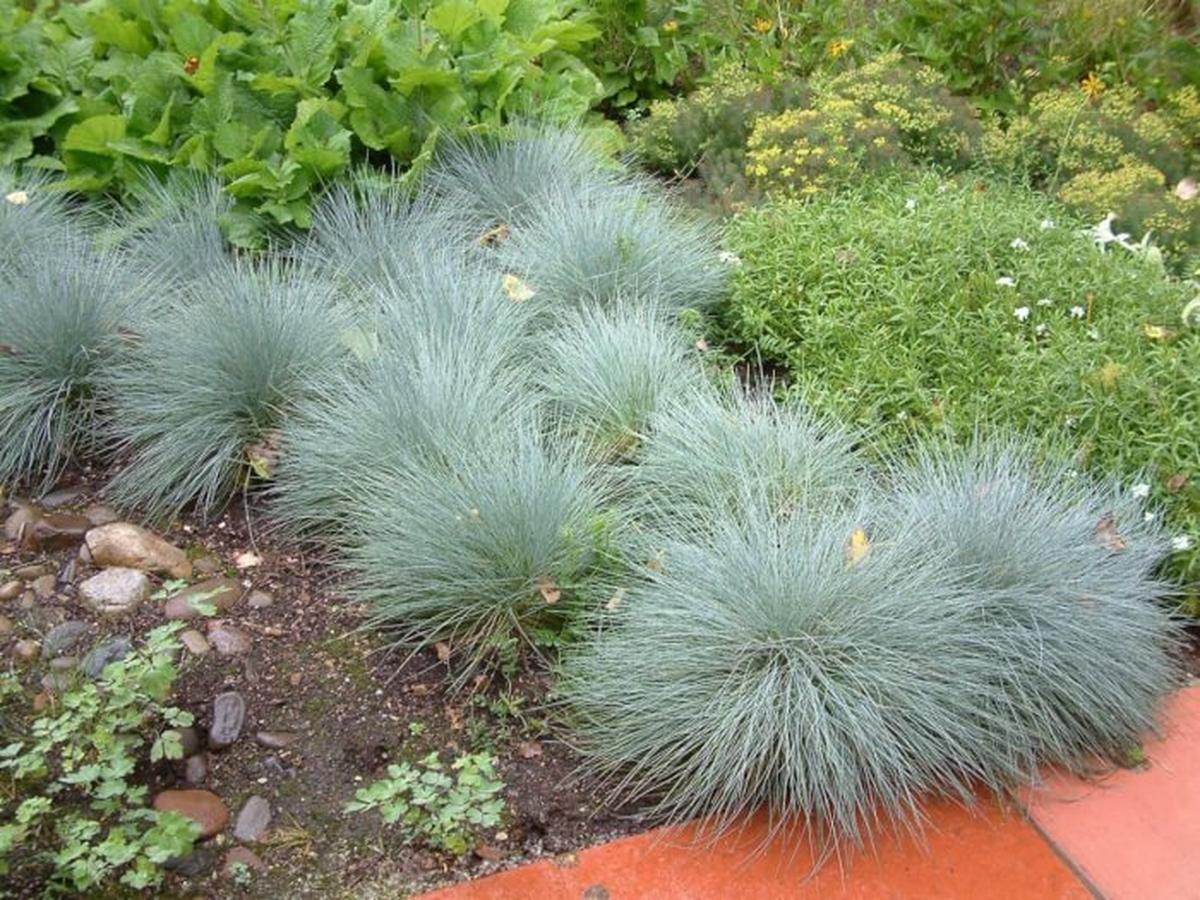
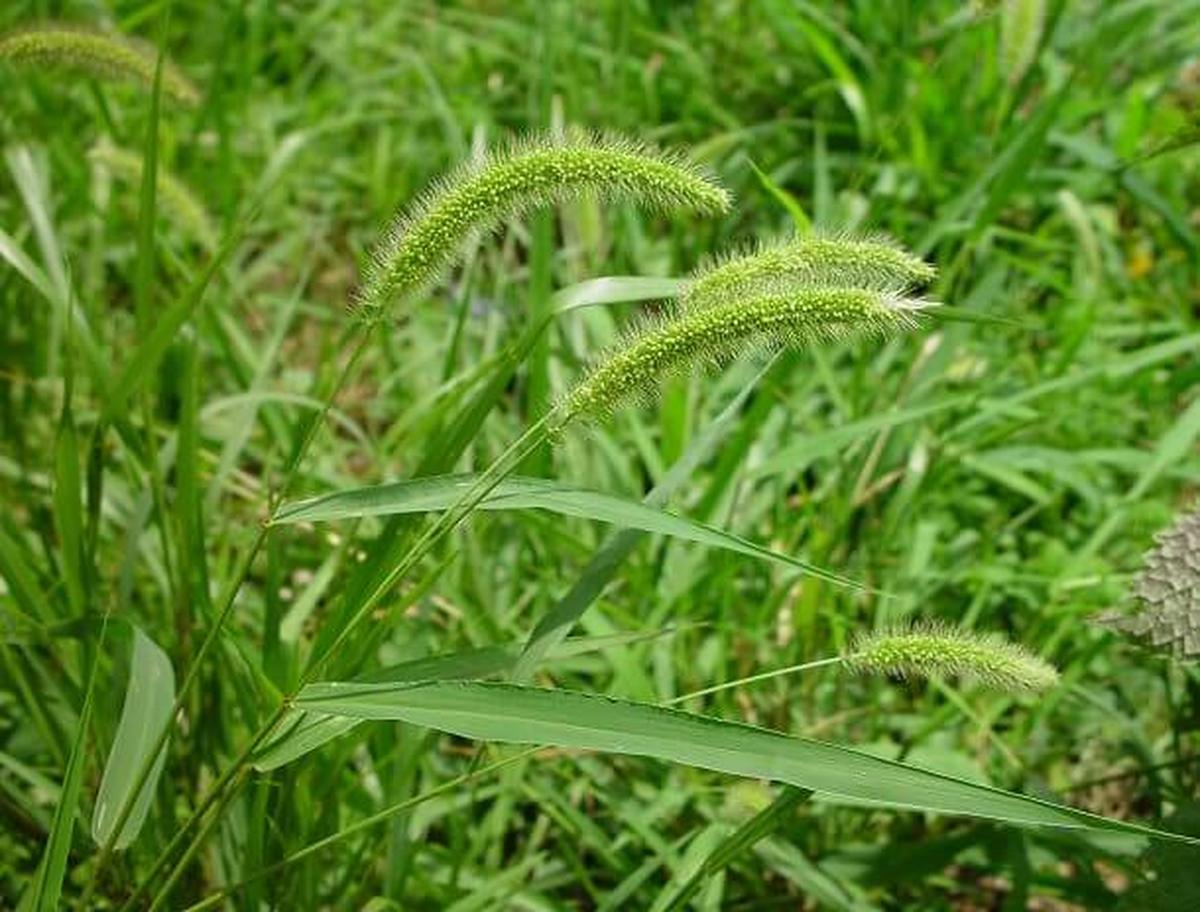

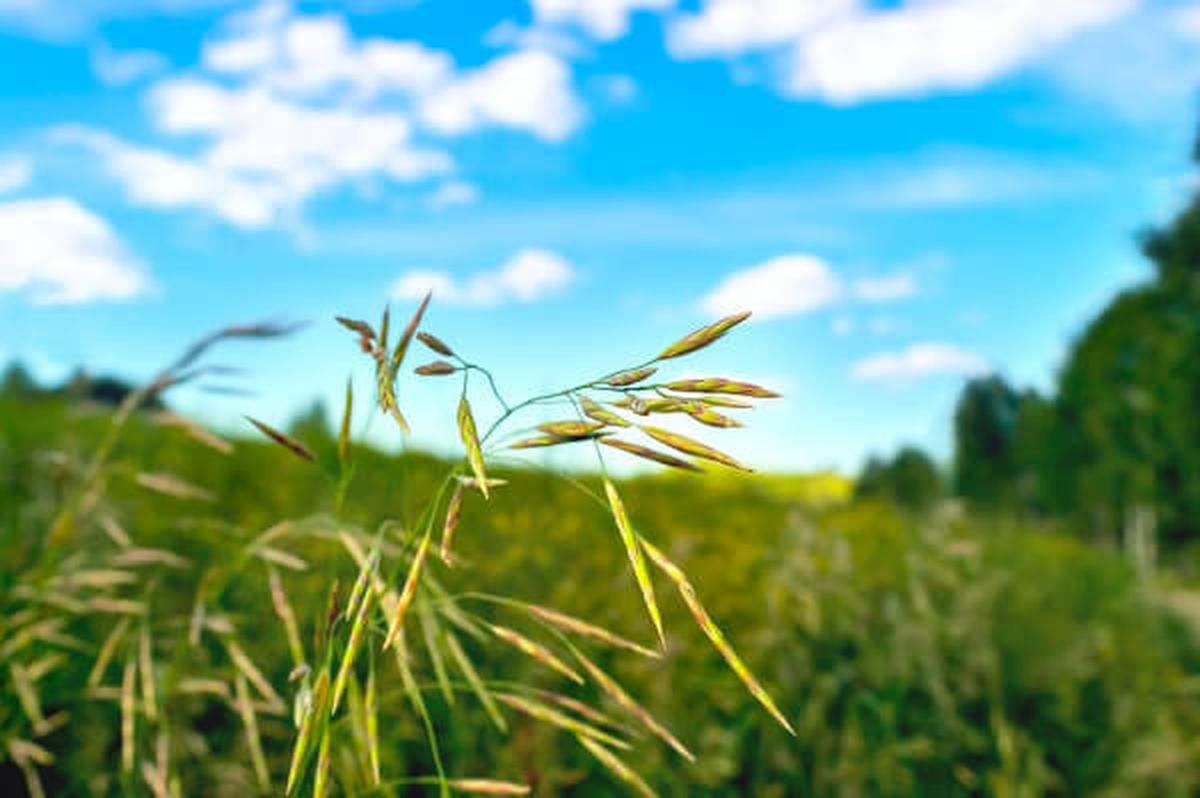
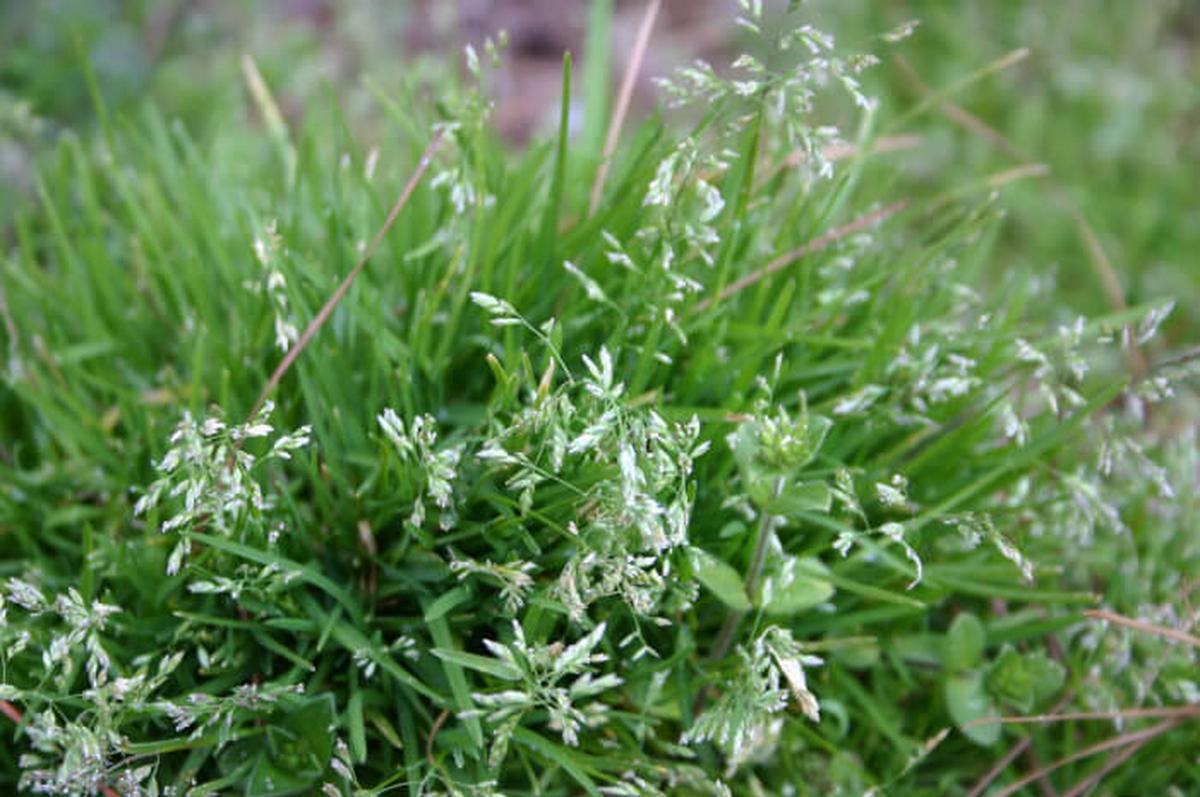
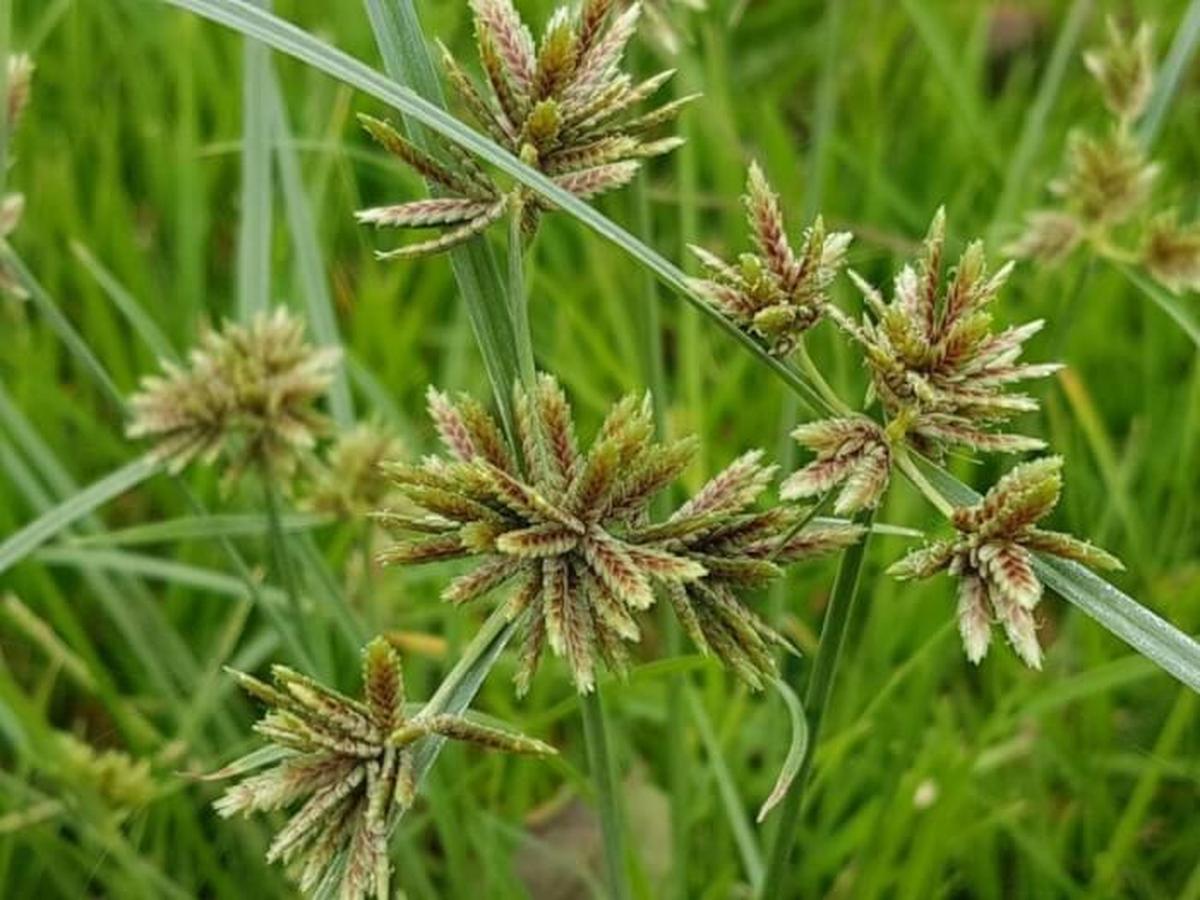
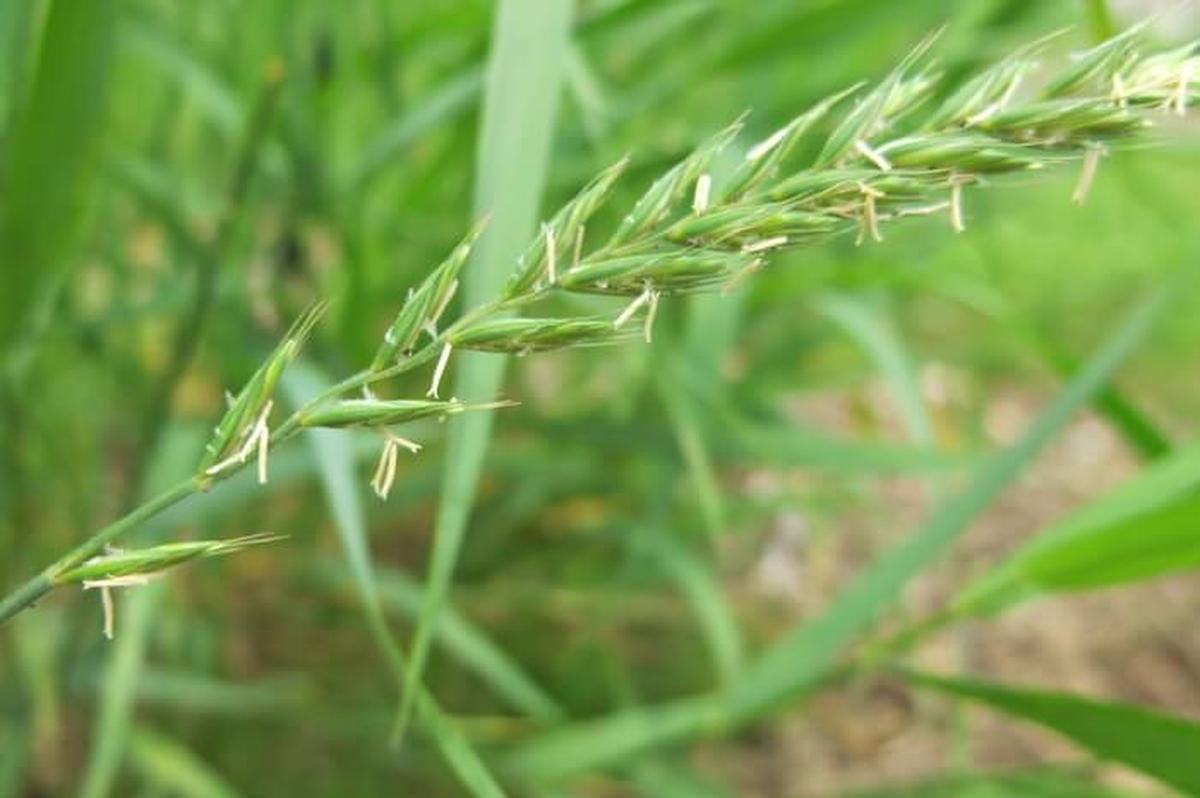
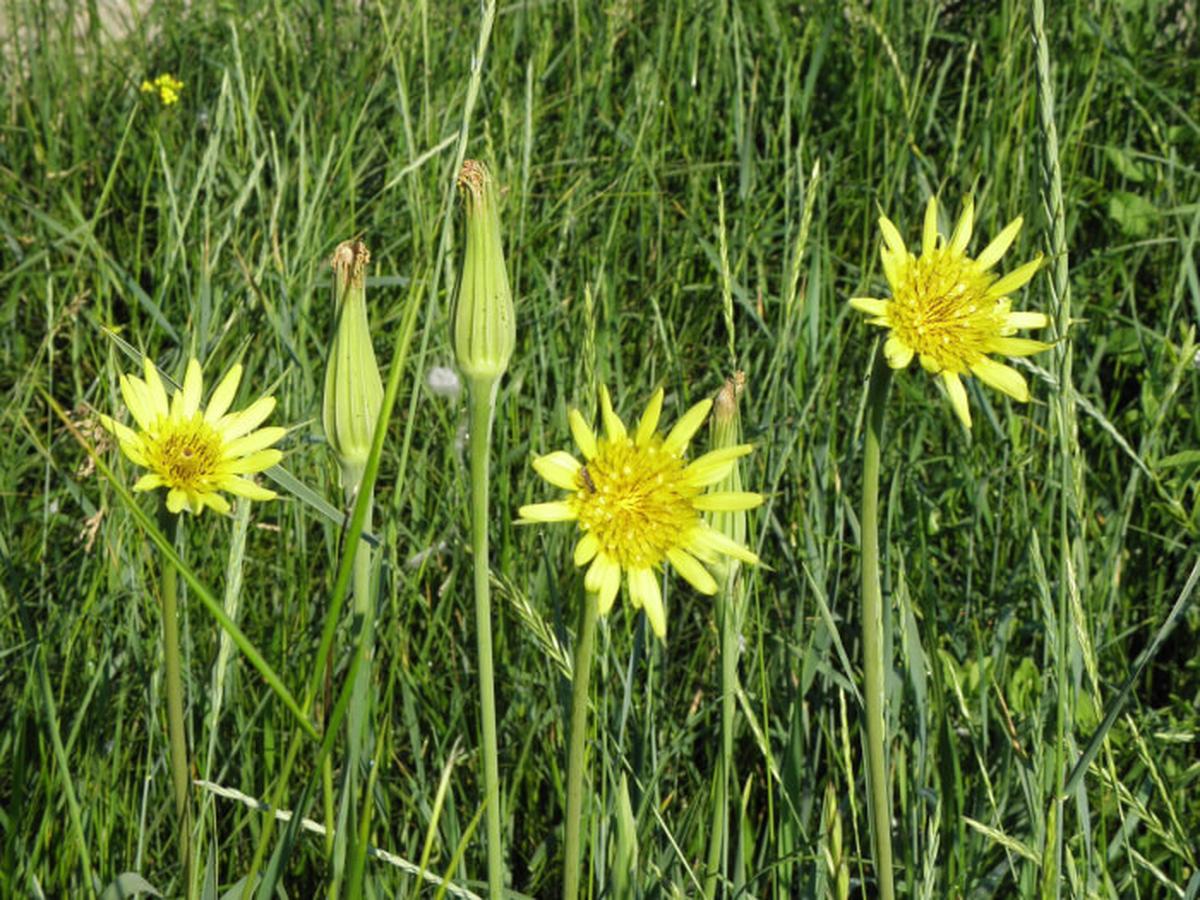
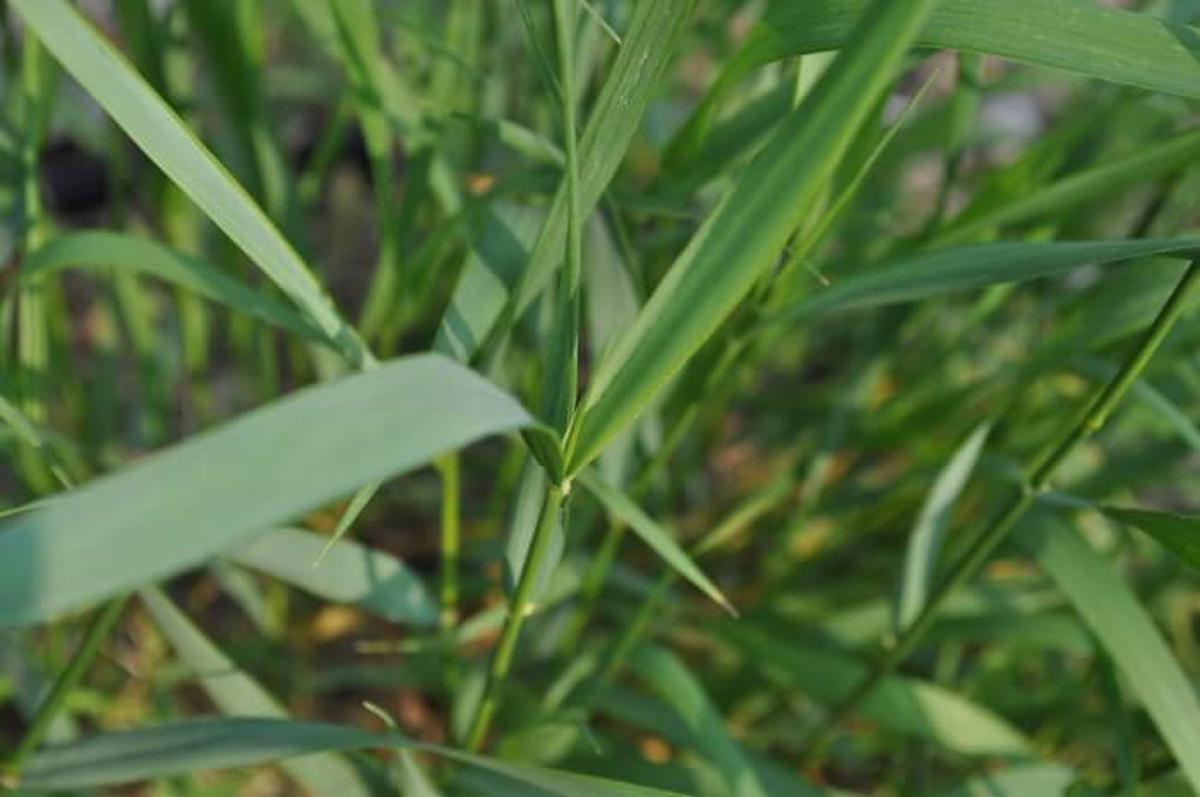
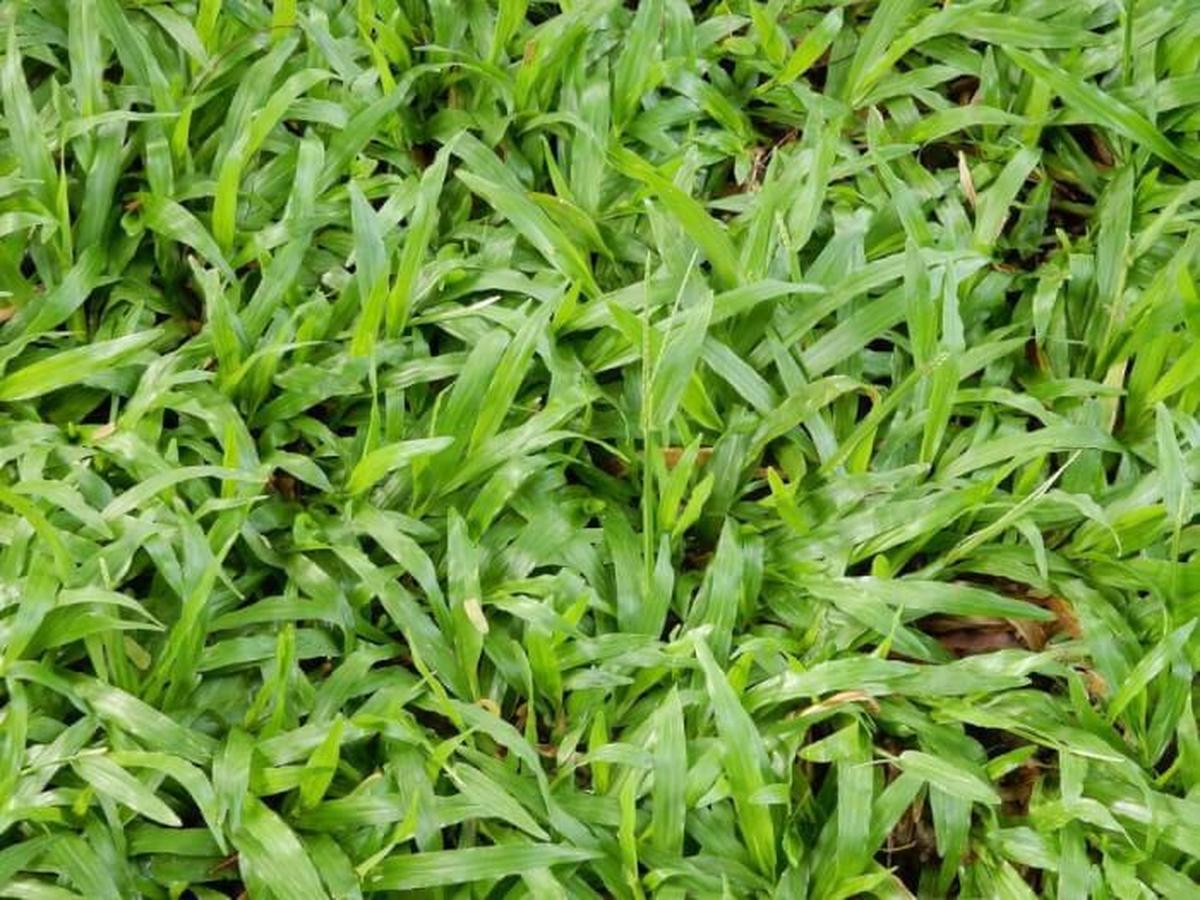
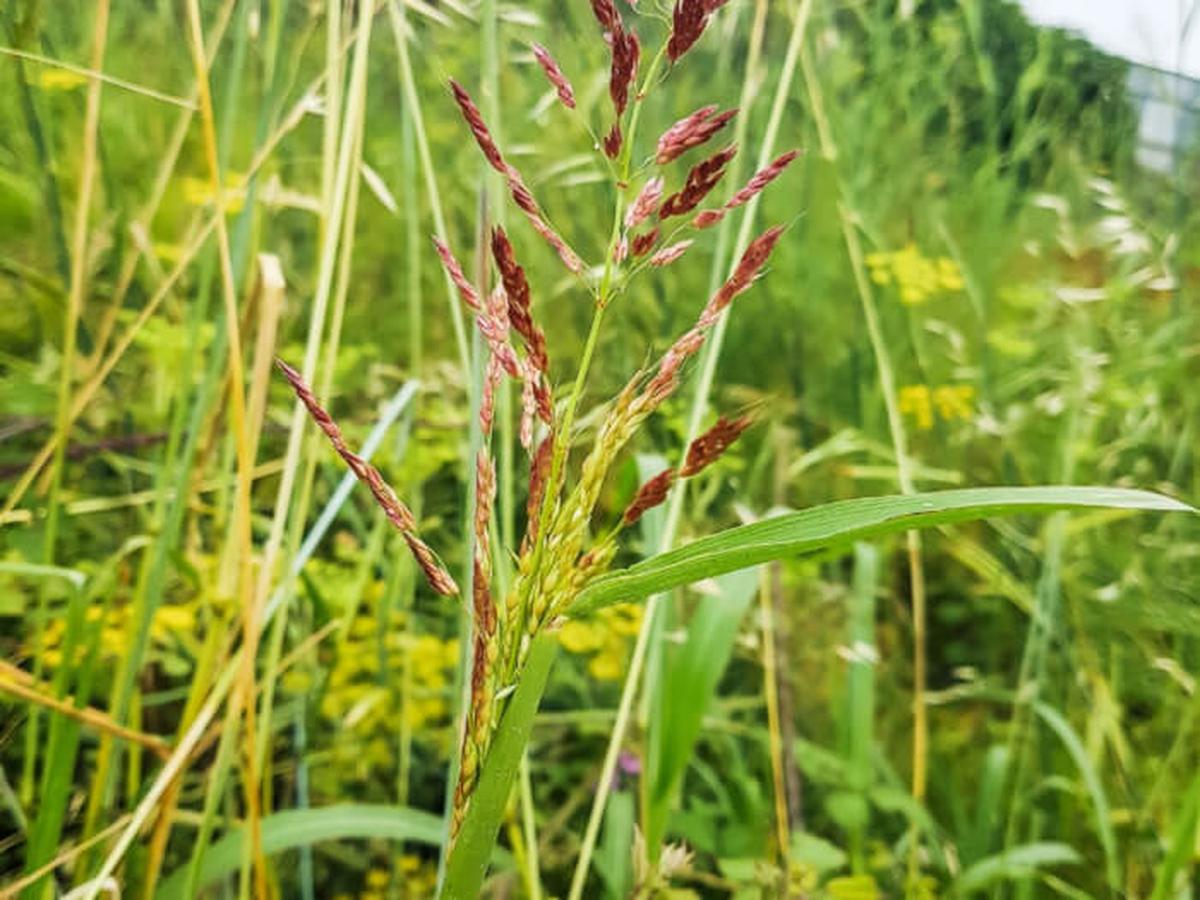
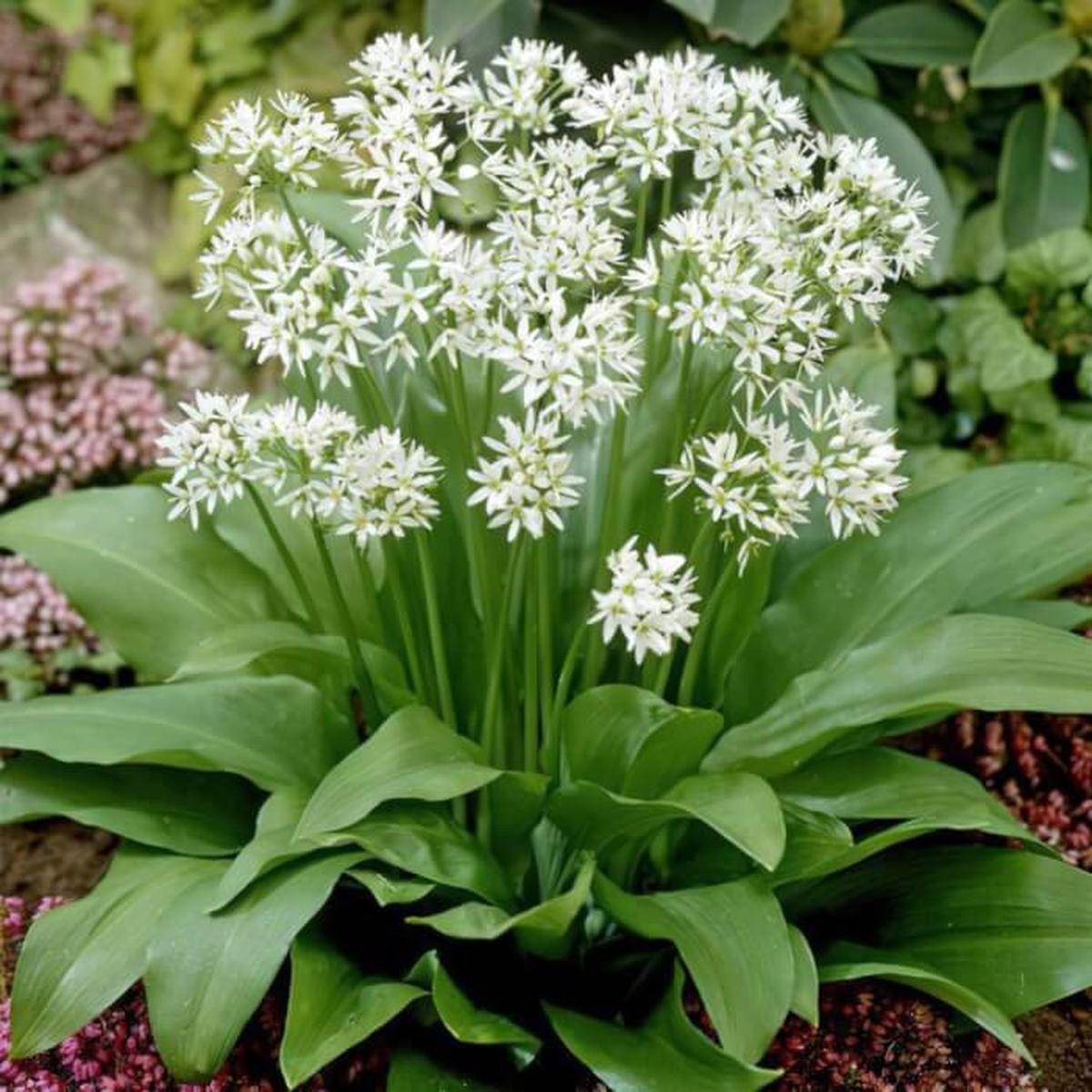
James Turner
Founder & Lead Designer
Expertise
Interior Design, Sustainable Design Practices, Spatial Planning, Innovative Material Applications, Contemporary Art Techniques, Visual Communication, Multimedia Artistry, DIY Design and Home Projects, Eco-Friendly Living Spaces, Creative Solutions
Education
University of Cincinnati College of Design, Architecture, Art, and Planning (DAAP)
Columbus College of Art & Design (CCAD), Columbus, OH
James Turner is the founder and lead designer at Velocity Art and Design. He studied Interior Design at the University of Cincinnati, focusing on eco-friendly design and smart use of space.
Later, he expanded his artistic skills with a Fine Arts Certificate from the Columbus College of Art & Design, where he learned about modern art and visual storytelling.
With over 10 years in design, James is passionate about making spaces that are both beautiful and practical. He shares his DIY tips and creative ideas to inspire others to explore their own creativity and transform their living spaces.